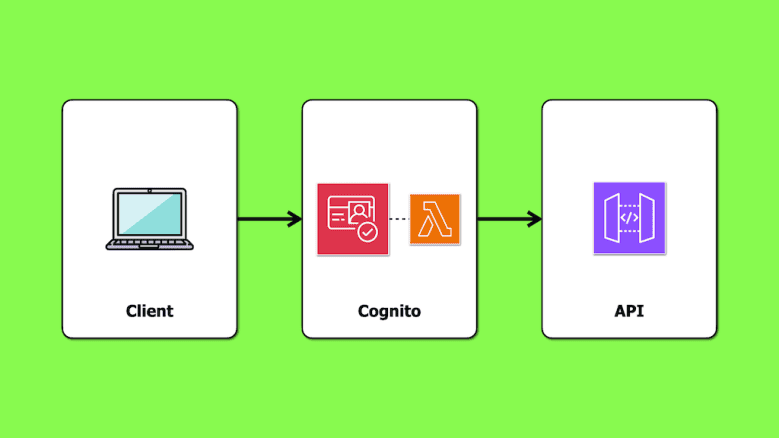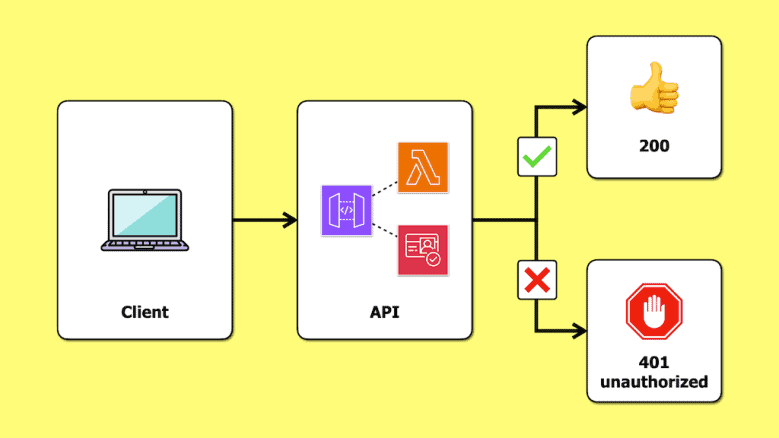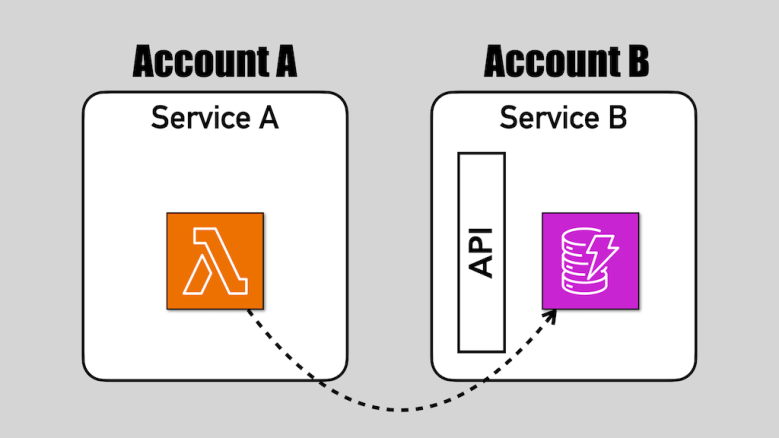AppSync: how to implement unauthenticated operations
AppSync doesn’t allow unauthenticated API calls.
To allow users to call your API without first authenticating themselves, you must mimic the behaviour using one of the available authorization methods.
In this post, let’s look at three ways to implement unauthenticated GraphQL operations with AppSync and their pros & cons.









